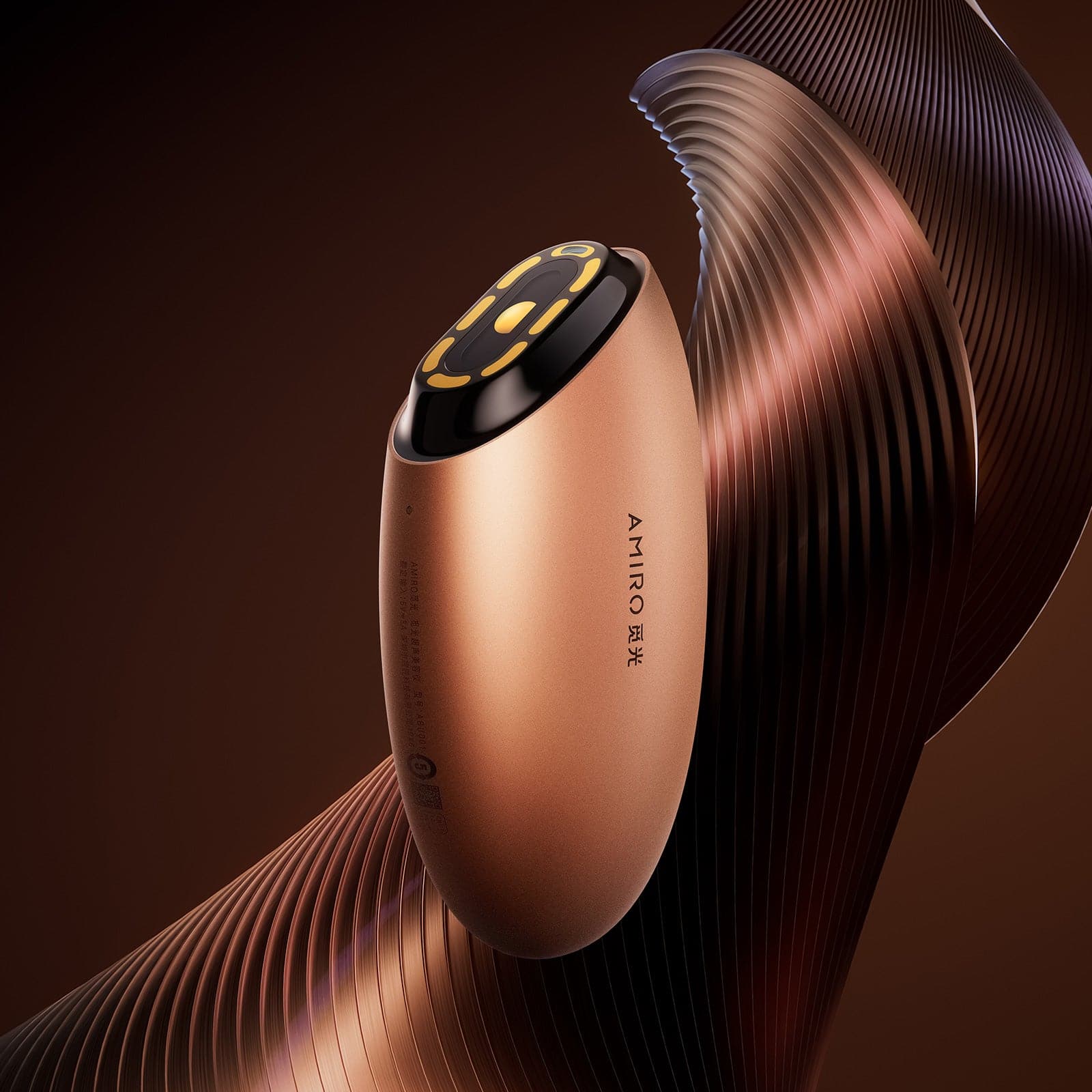Depressed Acne Scars: Say Goodbye to 'em with These Treatments!
Navigation
- What are depressed acne scars
- Types of depressed acne scars
- Treatment Options for Depressed Acne Scars
- Conclusion
Welcome back, Armiro's dearest friends!
Depressed acne scars are a depressing reminder of your past acne outbreaks, which left deep scars on us physically and mentally. As we age, acne scars often become more noticeable for our skin loses collagen. Don't want to be bothered by depressed acne scars?
Join us in this blog article to find out what's behind the acne scars and what can we do to take care of the depressed acne scars.

What are depressed acne scars
Acne breakouts harm our skin deeply, damaging the skin and the skin tissues. As acne reduces, our bodies work to undo the harm, hence the production of collagen, a substance that supports the epidermis.
In this process, a acne scar may surface depending on the production of collagen by our bodies. Depressed acne scars form if too little collagen were produced while raised acne scars will arise from too much collagen.
Types of depressed acne scars
There are three depressed acne scars: ice pick, boxcar, and rolling scars, each of which comes with its own features:
- Ice pick scars: These are deep, narrow scars that penetrate the dermis. They resemble puncture marks on the skin. Ice pick scars are the deepest type of depressed scar and are the hardest to treat. They form when infected cysts create tunnels in the skin.
- Boxcar scars: Boxcar scars are broad depressions with sharply defined edges. They are usually found on the cheeks and temples. Boxcar scars are wider than ice pick scars but not as deep. They form from inflammation and damaged collagen in the dermis. Treatment options include dermal fillers, microneedling, and laser therapy.
- Rolling scars: Rolling scars cause an uneven, wavy appearance in the skin. They form when bands of tissue adhere to the underside of the dermis, pulling the skin into depressions. Rolling scars can be improved with ablative laser treatments, dermabrasion, and dermal fillers.
- Atrophic or pockmark scars: These scars resemble shallow, indented pits in the skin. They have sloping edges and a broad base. Atrophic scars are caused by tissue loss from severe inflammation. They can often be improved with dermal fillers, tissue augmentation, laser therapy, dermabrasion, and fat transfer.
- Hypertrophic or keloid scars: Hypertrophic scars are raised scars that form due to excess collagen production during the healing process. They grow beyond the boundaries of the original acne lesion. Keloid scars are a more severe form of hypertrophic scarring that can grow aggressively and spread into surrounding tissue. They require treatment with steroids, silicone sheets, laser therapy, cryotherapy, and surgery to reduce their appearance.
- Macular scars: Macular scars cause a flat, discolored area of skin where an acne lesion once was. They form when the body produces too much or too little pigment during the healing process. Macular scars can often be concealed with makeup or improved using topical lightening or fading creams containing ingredients like hydroquinone, kojic acid, azelaic acid. Laser therapy may also help reduce discoloration.
Treatment Options for Depressed Acne Scars
Since depressed acne scars are born out of the acne, make sure to tackle your acne first before treating the acne scars in following ways:
#1 Chemical Peels
Chemical peels use a solution to remove the top layer of the skin, revealing smoother and healthier skin underneath. Chemical peels are effective for treating ice pick and boxcar scars.
#2 Dermal Fillers
Dermal fillers are injections that add volume to the skin, reducing the appearance of depressed scars. This treatment is most effective for boxcar scars.
#3 Microneedling
Microneedling uses a device with tiny needles that puncture the skin, stimulating the body's natural healing process and encouraging our body to make more collagen. This treatment can improve the appearance of all types of depressed acne scars.
#4 Laser Resurfacing
Laser resurfacing uses a laser to remove the top layer of the skin, promoting collagen production and improving skin texture. This treatment is effective for all types of depressed acne scars.
#5 Subcision
Subcision is a surgical procedure that involves breaking up the fibrous tissue under the skin to release the depressed scar. This treatment is most effective for rolling scars.

#6 LED Light Therapy
What is LED Light Theray? Well, the LED therapy uses different light wavelengths to treat a variety of skin issues, including acne and acne scars. It is a non-invasive and painless technique welcomed by the skincare industry.
Don't want to spend a fortune at the beauty salon?
AMIRO has an at-home LED therapy for you! AMIRO LED Light Therapy Mask, featuring 4 light modes of blue light, yellow light, red light and infrared light, is capable of treating acne scars, reducing skin inflammation and stimulating skin collagen regeneration.
The compact size makes it a perfect tool for home use and office use.

Conclusion
As you read as far as the last section, you have been familiar with detailed information about depressed acne scars, which are the painful mark of precious acne. With proper treatment and our highly recommended AMIRO L1 LED Light Therapy Facial Mask, you can reduce and clear the irrigating mark and embrace clean, tight, and smooth skin!







